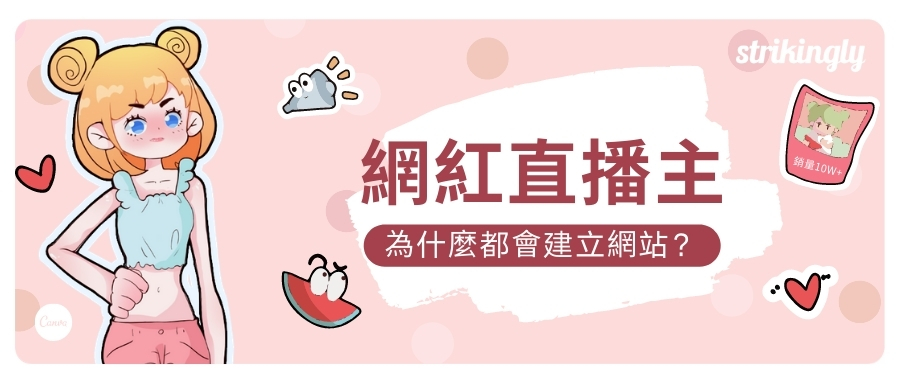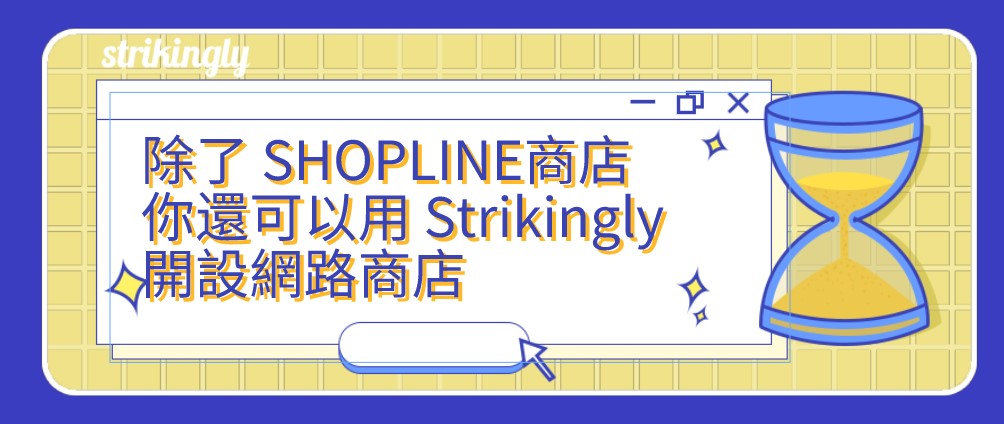

It’s the year of chat bots, Instagram influencers, and social media marketing. Brands do whatever they can to make sure that they reach their customers in the most effective way possible. At the end of the day, email newsletters still reign supreme.
Recent surveys show that 99% of consumers still check their email everyday, and a good 59% say that marketing emails do affect their buying decisions. Newsletters are a powerful tool and you can leverage it to take your business to the next step.
Engage your Site Audience with Newsletters
Email marketing doesn’t only involve selling your products using email. Take the case of Bren, a personal tour guide. She uses newsletters to send out updates to her audience on where she’s been at, adding images of the places that she’s visited (and sometimes, some mundane pictures of animals outside the Louvre). On one of her newsletters, she even asked her audience on where they think she should go next--and the response was overwhelming.


Not actual picture from Bren. Image from Chris Waits
What else is a newsletter for? You can announce your website launch, build up excitement for your upcoming sale, or simply share an exciting back-of-the-office story that happened recently. What's most important is simply putting yourself out there. After signing up, your audience needs to remember that you exist! The more mindshare you grab onto, the more likely you are to win their business in the future.
Easy to Produce, Easy to Consume
One of our users, Tim, said that on average, he spends 17 minutes writing a newsletter. He makes it brief and straightforward. And why not? According to survey, 46% of email opens are from mobile devices. Mobile devices are small (compared to big computer screens) and it will be really tedious to be scrolling several times (it’s a newsletter, not Facebook).
Tell your audience straight away why you’re sending the newsletter and why they need to read it but focus on one goal. Do not ask your audience to download an e-book while you promote a new product or sharing a recent lesson you learned from a business blunder. Pick one and go for it.
Subject Lines that Open and Convert
There are cases when writing a subject line takes you longer than writing the newsletter itself. Jimmy, who sells customized backpacks, said that he wrote four different subject lines for the same content, and send it to four audience segments. He tried it three times before he discovered a pattern.
If you’re doing a sale, create a sense of urgency. While it’s okay to say “Act now!” on your subject lines, some email services have tagged these phrases as spam. You can give a timeline (ie, 3 days only) or say, “I don’t want you to miss out on this nice pair of shoes!”
If you want to simply reach out to let your audience know of your existence, make it relevant and timely. A seller of gaming consoles from Wisconsin, Martyn, wrote about the upcoming 2019 Electronic Entertainment Expo on his newsletter. He used the subject line “Full E3 Schedules and What to Watch Out For”. The open rates, he said, were higher than his previous newsletters at 77.3% because it was an event that his audience cared and are excited about.
Open rate patterns for newsletters might vary depending on your audience. It doesn’t hurt to test out different subject lines. Forty seven percent (47%) of marketers say that they test out email subject lines to optimize their newsletter performance. You can do the same.
No Hard Rules for Frequency
How often you need to send out newsletters vary greatly. If you ask 10 marketers on how frequent they send their marketing emails and you’ll get 10 different responses. As a general rule, try not to saturate your audience with too much information, especially if you’re dealing with businesses. They already have a lot on their plate (or inbox) and frequent emailing might cause them to unsubscribe.
On the other hand, dealing directly with consumers require more frequency. On a study conducted by DMA (Data and Marketing Association), close to 90% of consumers want to receive updates at least monthly, and around 62% wants it at least weekly.
Do not be afraid to test out frequency. Once you’ve already established your consistency, stick to it. Fortune always favors the bold.
Oh and did we mention that the best days to send out newsletters are Mondays, Tuesdays, and Wednesdays? It’s got the highest open rates and conversion (also based on our personal experience). On Thursdays people tend to slow down since it’s almost the end of the week. Fridays--people are out partying and are excited for the weekend. Unless there’s an actual event happening, like Black Friday sale, send out newsletters at the beginning of the week.Weekends may be best for social media posts but not newsletters. Brands don’t share content and you have less competition. But that’s for another conversation. Stay tuned!
Pumped up to be sending your first newsletter? Start a draft and remember Bren and Tim. You don’t have to sell every time. It doesn’t have to be long. Just go out there and get felt by your audience. Good luck on your first newsletter!
Sources:
The Ultimate List of Email Marketing Stats for 2019 The Ultimate List of Marketing Statistics for 2019














